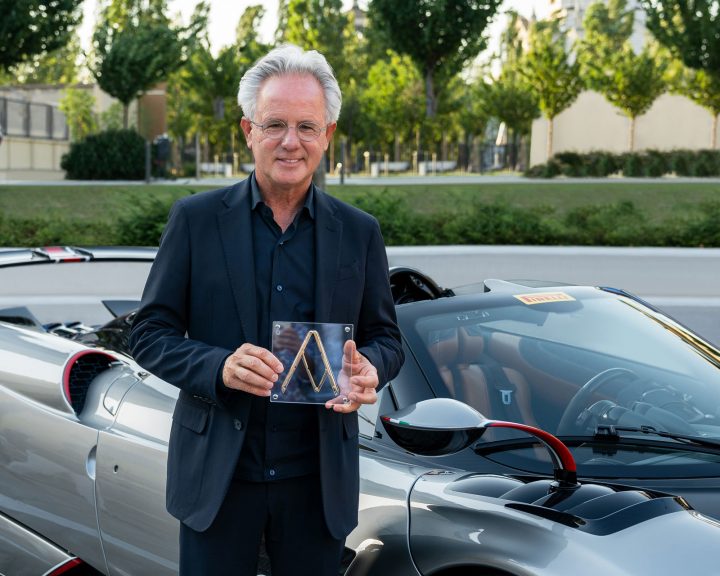Hyper-speed bespoke automaker: Who is Horacio Pagani?
Pagani Automobili S.p.A was founded in 1992 by Argentine Horacio Pagani to produce carbon fiber components. The company, which operates in the Modena region of Italy, is a company followed with admiration by automobile lovers thanks to the hypercars it produces.

The adventure of the hypercar manufacturer company called Pagani begins with the birth of founder Horacio Pagani in Argentina in 1955. Horacio reveals the first product of his passion for automobiles by making a wooden model car in 1967. Pagani, who created a "buggie" car in 1972 using Renault parts, graduated from university as a mechanical engineer in 1975 and established his own workshop.
Horacio Pagani (November 10, 1955) is an Italian-born Argentine businessman and engineer in the automotive industry. He is the founder of the Italian private car manufacturer Pagani. Horacio Pagani worked for Renault and Lamborghini before starting his own company.
Then the real adventure begins with Horacio's move to Italy in 1983. Starting to work for Lamborghini in 1987, Pagani reveals this wonderful hypercar brand called Pagani Automobili Modena in 1992.
How did Horacio Pagani succeed?
Horacio Pagani was born on November 20, 1955, in Casilda, a small town in Argentina, to a family of Italian origin who had been a baker for many years. When Pagani entered his teenage years, he had questions about whether he wanted to pursue a career in art or engineering. One day, in the magazine "Reader's Digest", to which his father subscribed, he came across a quote from Leanardo Da Vinci, which almost answered the questions in his mind: "Art and science are two disciplines that can go hand in hand." After reading this sentence, he realized that he didn't actually have to make a choice. All Pagani needed was to join this philosophy and find the right area to fulfill it. He saw that the automobile world was very suitable for this philosophy and started to pursue a career in this field.
Pagani actually grew up believing that he would make sports cars from an early age. At the age of 12 he created models of sports cars from balsa wood and chocolate boxes, and at the age of 15 he built a motorcycle that he rode in Casilda. So much so that he felt from the very beginning that the rural town he was born in would not be enough for the engineering career he dreamed of, and he worked in a small shop to improve himself in craftsmanship.
Milestones of his life
1971: He designed and built an engine himself.
Between 1972-1974 he studied industrial design at the University of La Plata, Argentina.
1975: Studied mechanical engineering at the University of Rosario, Argentina.
1977: Designed and manufactured bar furniture.
1978: Caravan and trailers built and F2 single-seater race car built.
1981: Manufactured fiberglass cabins for Pick-ups, Toyota Hilux and Peugeot.
1982: Won two fellowship awards from the Rotary International club for The Royal College of Art in London and The Art Center in the USA.
The biggest turning point in Pagani's life was when he met his childhood hero, Manual Fangio, in Formula 2 races. Fangio introduced Pagani to the elite world of industry such as Lamborghini, Mercedes-Benz, and Ferrari, and wrote a letter of recommendation for financial support and building his future by giving him the opportunity to work in one of the Italian automobile companies.
In 1983, Pagani flew to Italy to follow his dreams with this letter. Then he started working in a low position at Lamborghini. When he had the opportunity to become department head in 1984, he opened the composites division, where he continued to work with Lamborghini, unveiling its greatest design masterpiece, the Countach 25th Anniversary. It was a car that would become an icon. Later, Coubtach released the 5000 Quattrovalvole. However, later on, Pagani became uncomfortable with the rejection of many of his proposals to Lamborghini and left Lamborghini in 1991. In 1992, he established the consultancy Pagani Automobili Modena, which makes carbon fiber composites, and reached the point he dreamed of.
Horacio Pagani: The Leonardo Da Vinci of the Automotive World
https://www.carthrottle.com/post/jk669kz/
